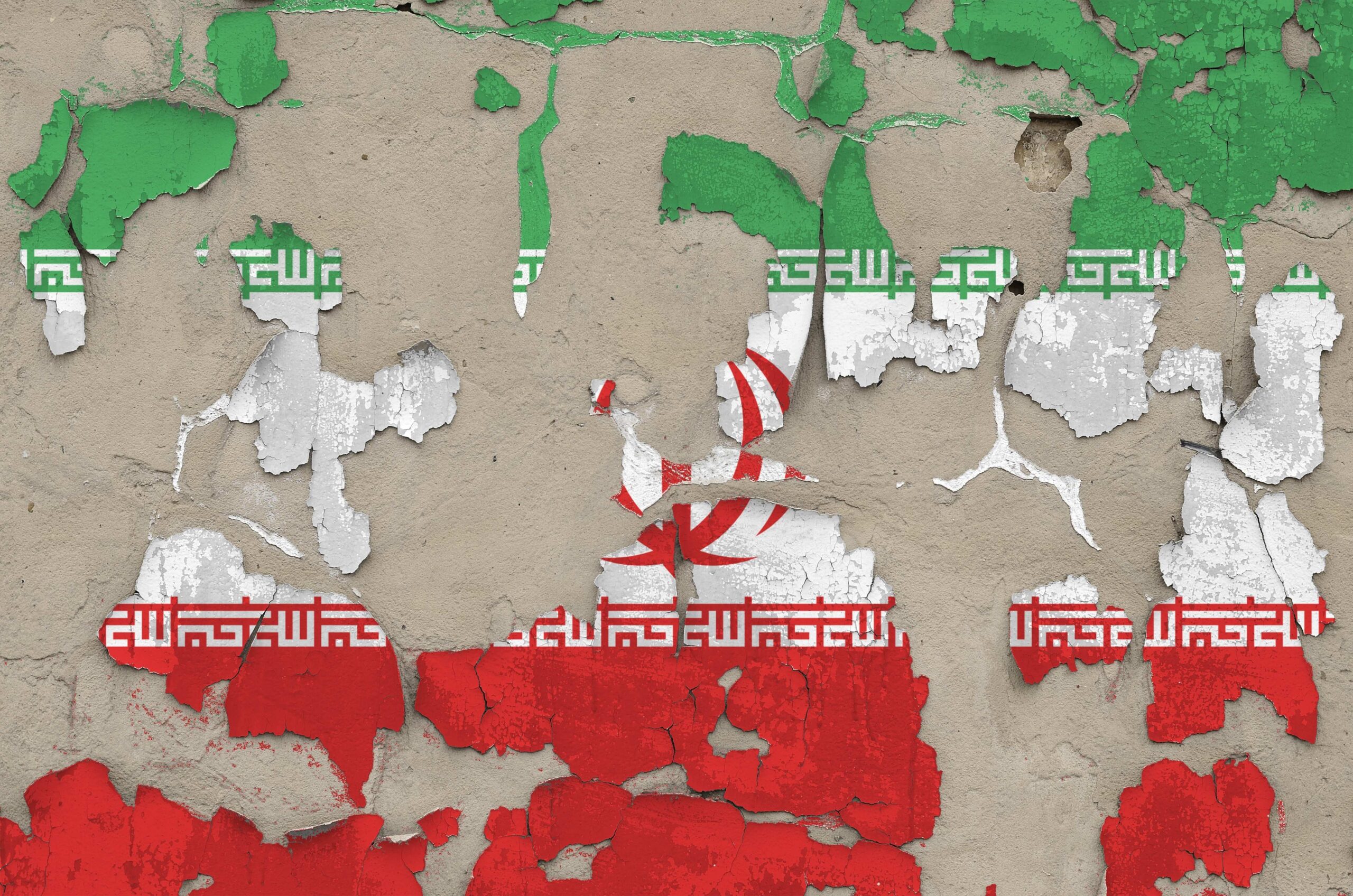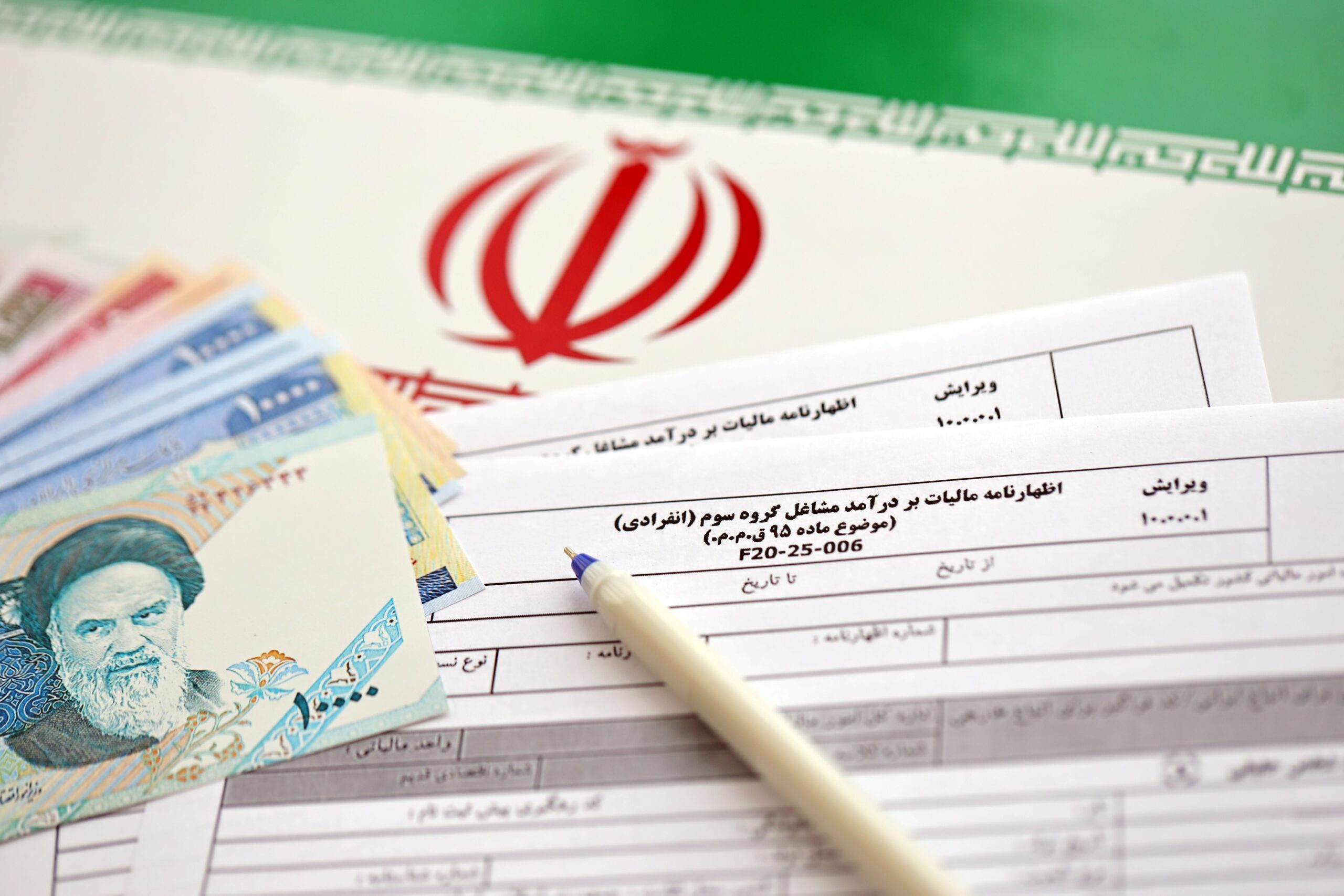
Iran’s Presidential Election: A Voter’s Guide
Political Setting and Key Dates
Iran’s 2017 presidential election was scheduled for May 19. The campaign period began after the final list of approved candidates was released by the Guardian Council. According to official procedures, all candidates had to register with the Ministry of Interior. The timeline included several stages: registration, vetting, campaigning, and finally, voting.
Read also: Soft2Bet: Flexibility, Innovation and Experience in the Gaming Industry
State media confirmed that debates would be aired nationally. Voting was expected to run from 8 a.m. until late evening, with some polling stations remaining open until midnight in high-turnout areas. Results were anticipated within 48 hours, barring any run-off.
Election Structure and Rules
According to Iran’s constitution, the president is elected every four years through direct public vote. Candidates must be approved by the Guardian Council, which evaluates their political and religious qualifications. In 2017, more than 1,600 individuals registered. Only a handful were approved.
The election process follows a two-round system. If no candidate receives more than 50% of the vote in the first round, a run-off between the top two is held one week later. The Ministry of Interior oversees voting logistics, while the Guardian Council supervises vote counting and validation.
Voting is open to all Iranian citizens aged 18 and above. Ballots are paper-based, and identification is required. Military personnel, hospital staff, and travelers could vote via mobile ballot boxes. Overseas voting was made available in Iranian embassies and consulates.
Key Candidates and Affiliations
In 2017, six candidates were approved. They represented a spectrum of political views within the Islamic Republic’s framework. Incumbent President Hassan Rouhani sought re-election. He was aligned with moderate and reformist factions.
Ebrahim Raisi, a cleric and former prosecutor, was seen as a principal challenger. He was supported by conservative circles. Mohammad Baqer Qalibaf, then mayor of Tehran, also entered the race but withdrew days before the election.
Other candidates included Mostafa Hashemitaba, a former vice president; Mostafa Mirsalim, a conservative figure; and Eshaq Jahangiri, who also served as Rouhani’s vice president. Jahangiri was widely viewed as a backup candidate and later endorsed Rouhani.
Historical Background of the Presidency
The office of the president in Iran holds executive authority over domestic affairs and economic policy but is subordinate to the Supreme Leader, who controls the military, judiciary, and foreign policy. Since the 1979 revolution, presidential elections have been held regularly.
Past elections have witnessed varied turnout levels. The 2009 election drew significant attention due to post-election protests. Since then, turnout has been seen as a barometer of public trust in the system. Presidential candidates typically emerge from within the system rather than from external opposition.
Vetting by the Guardian Council has remained a consistent feature. This process has been subject to international scrutiny, though it remains central to Iran’s electoral model.
What to Watch During the Election Period
The days leading up to the election featured televised debates, public rallies, and media campaigns. Turnout was expected to influence legitimacy narratives. Urban centers often leaned reformist, while rural areas traditionally supported conservative candidates.
Security forces were deployed to maintain order. Voting logistics, especially in remote provinces, were monitored by both the Ministry of Interior and local authorities. Observers anticipated that mobile ballot boxes would be significant in ensuring access.
Election results were expected within two days. If no candidate reached the 50% threshold, a second round would follow. Post-election speeches and endorsements could reshape the political alignment, depending on vote margins and turnout data.
That phase would come quickly. Or not, depending on results.
